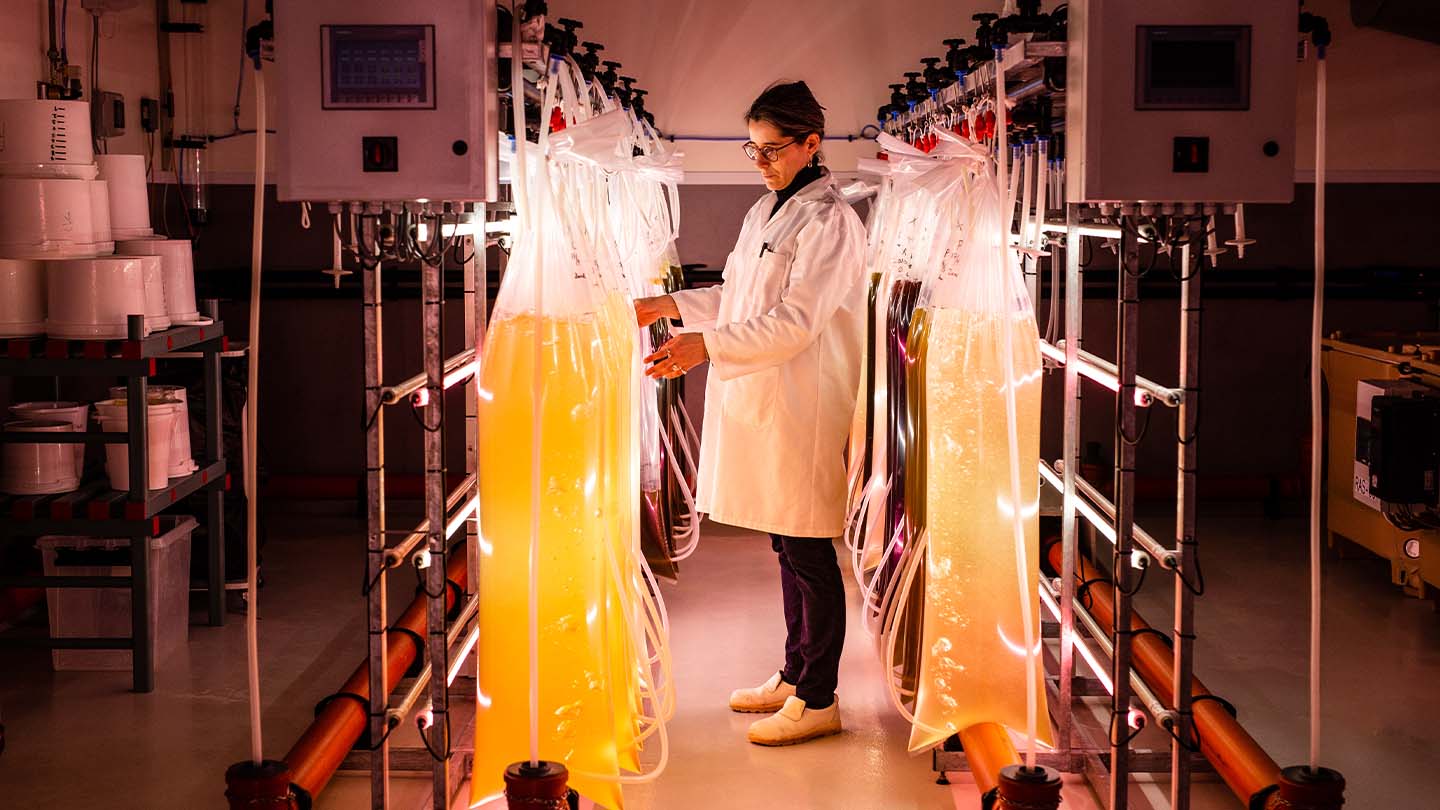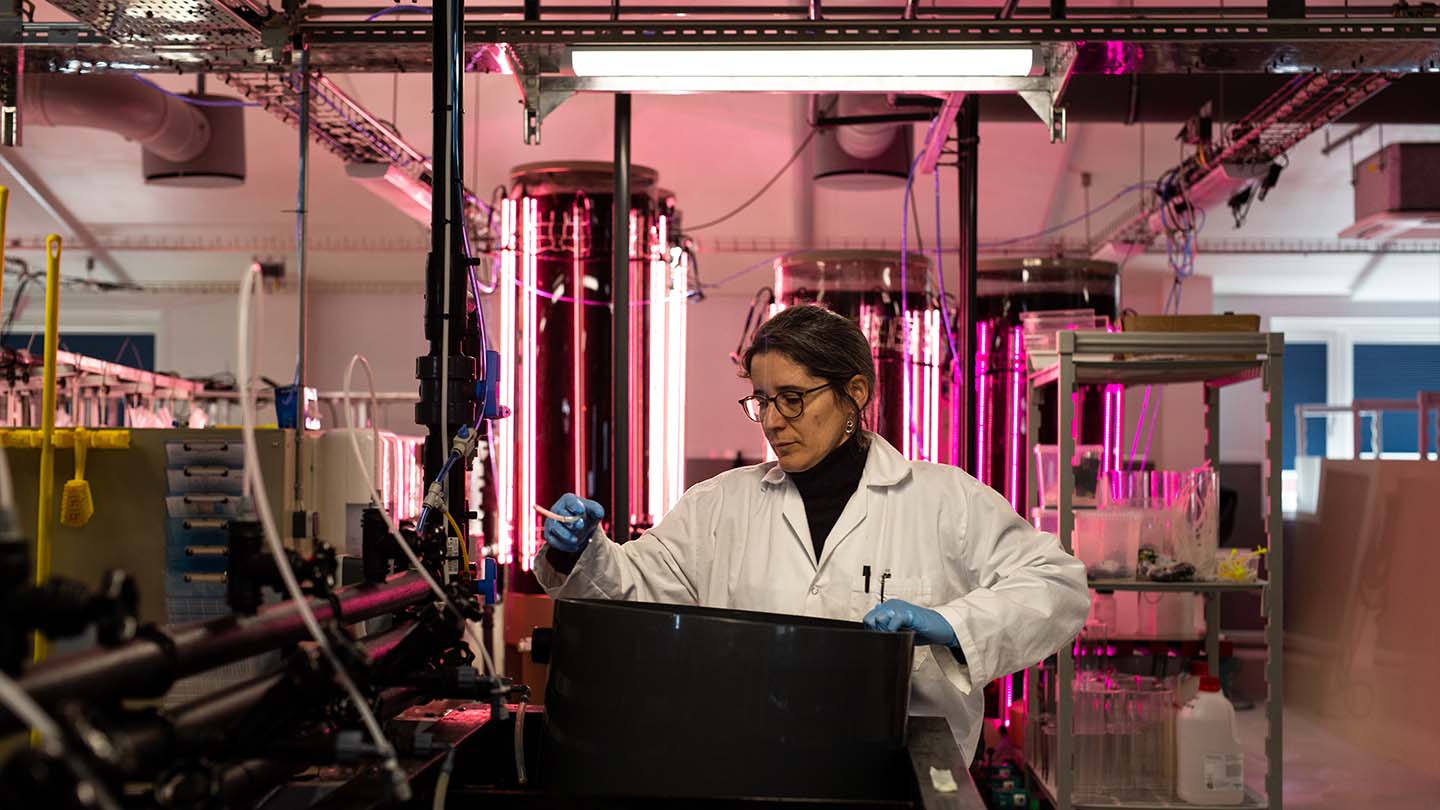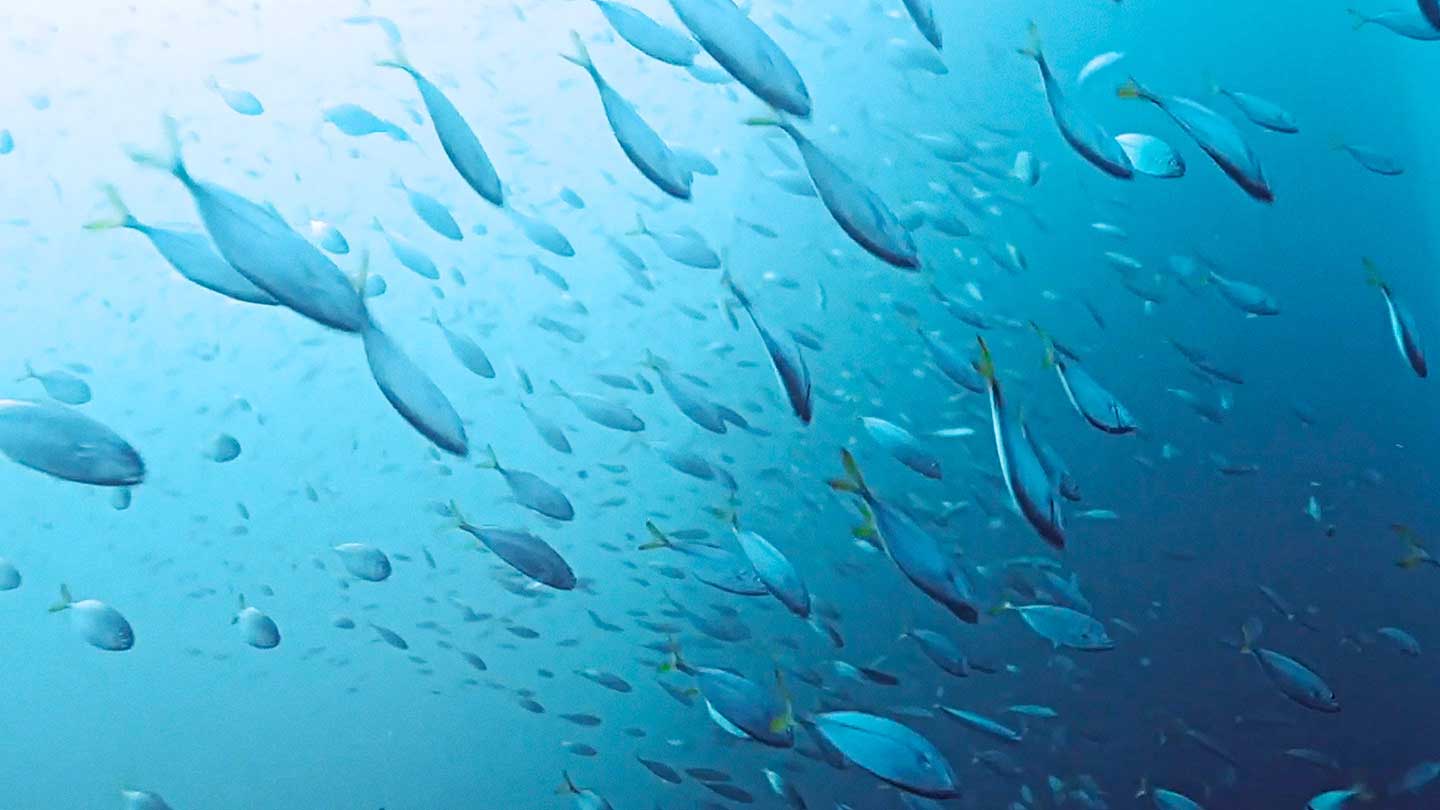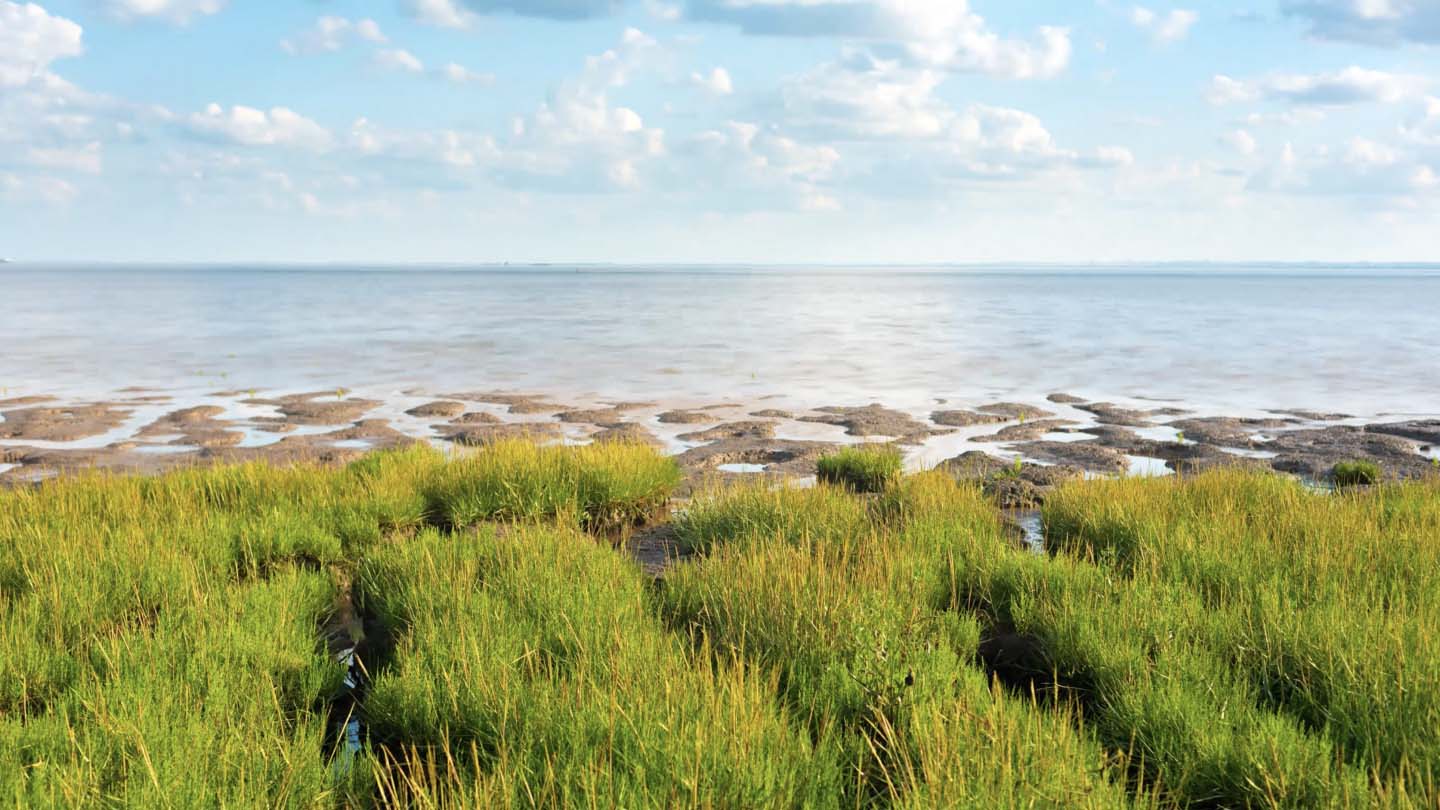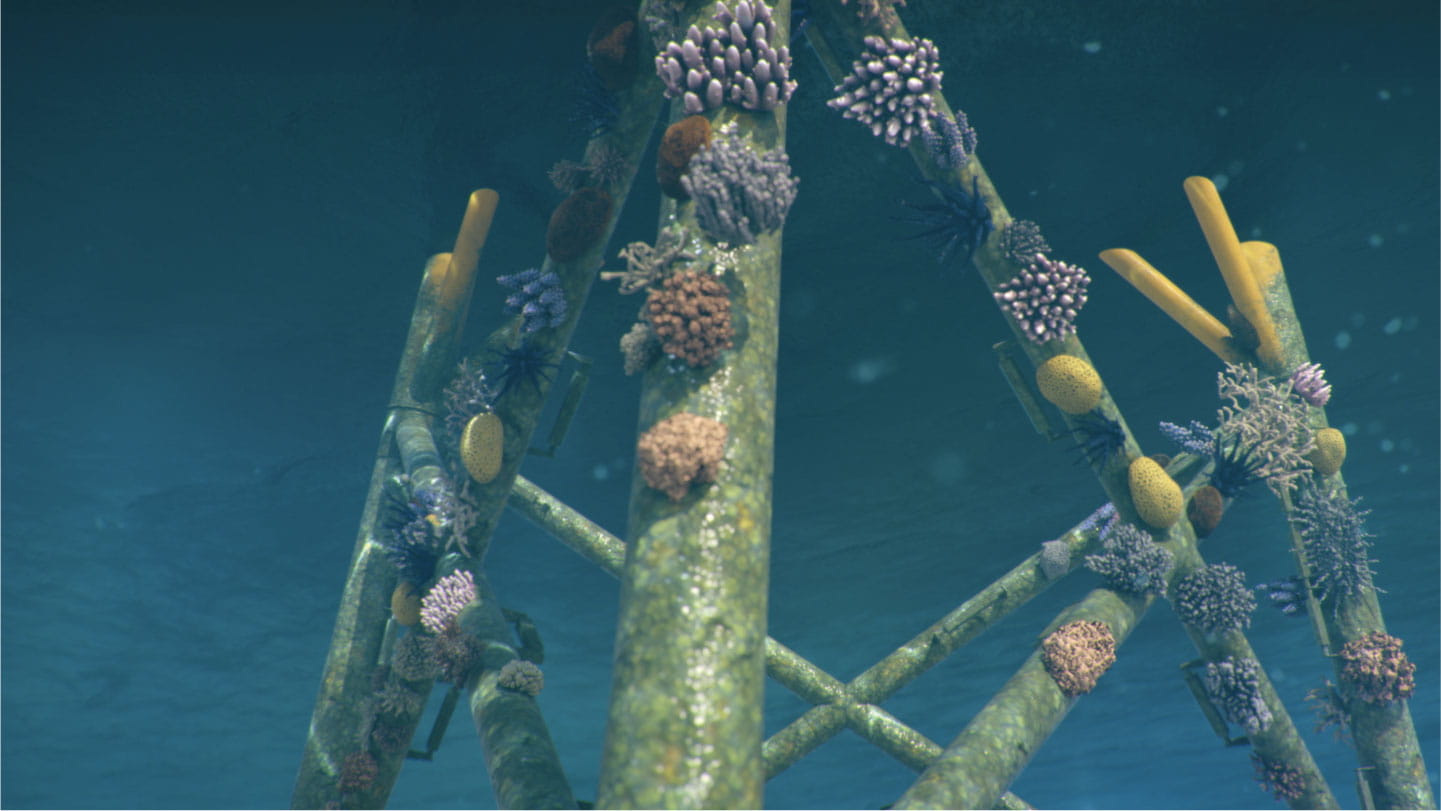What are biogenic reefs?
Biogenic reefs are reefs formed by living organisms. Most people are familiar with the colourful coral reefs of the tropics, but different kinds of biogenic reef can be found in different ocean environments – and all of them play a crucial role in the ecosystems they support.
Once established, biogenic reefs provide food and shelter for all sorts of species. They also provide surfaces for macroalgae, corals, sea sponges, and other organisms that grow on hard substrates. They’re a crucial part of healthy and thriving marine ecosystems.
Why are we restoring biogenic reefs?
The last century has seen a significant decline in the number and quality of biogenic reefs in the North Sea region, with different species affected by disease, overfishing, climate change, or water quality.
The BioReef project focuses on two species: the European flat oyster (Ostrea edulis) and the horse mussel (Modiolus modiolus). These ‘ecosystem engineers’ once formed the basis for many of the biogenic reefs found in the Danish part of the North Sea. These reefs consist of both living organisms and the shells they leave behind when they die.
While the European flat oyster and horse mussel were once both abundant here, their populations are now greatly diminished. Both species are on both the OSPAR and HELCOM marine environment protection commissions’ Red Lists of species threatened by extinction in the North Sea and the Baltic region.

